North America/United States/17.10.18/ By Conor P. Williams/Source: ww.nytimes.com.
At Hiawatha Academies’ elementary school in the Morris Park neighborhood of Minneapolis, signs welcome immigrants in multiple languages. Over 75 percent of students there are learning English as a second language, and most are the children of Hispanic immigrants. Hiawatha runs some of Minnesota’s best public schools for serving such students; the Morris Park school, where math and literacy proficiency rates for students learning English are more than double the statewide averages for that group, is one of its flagships.
Hiawatha schools should be easy for the left to love. They’re full of progressive educators helping children of color from low-income families succeed. And yet, they’re charter schools.
Like most charters, Hiawatha schools get public funding, but their daily operations are run by a nonprofit organization and their teachers are not unionized. Progressives have long been open to research suggesting that well-regulated charter schools can extend educational opportunities to historically underserved children. But many also worry that charters foster segregation, siphon funding from traditional public schools and cater to policymakers’ obsession with standardized tests.
And the more President Trump and his secretary of education, Betsy DeVos, embrace charters, the more suspect they seem to people on the left.
Ms. DeVos, who has been widely lampooned for her lack of expertise, can’t stop talking about how much she loves charters. She is so unpopular that she has set off a “political backlash” against these schools, two charter supporters wrote in USA Today. One survey of views on charter schools found that Democrats’ support dropped when they heard that President Trump supported them. In other words, the president and his education secretary are so disliked by liberals that some will automatically reject whatever they endorse.
This puts Hiawatha in an awkward position. How should a charter network run by progressives committed to combating racism navigate the Trump administration’s vocal support of charters? How should it respond to criticism from progressives who accuse it of undermining public education? Charter schools are politically homeless.
Hiawatha was founded in 2007 by Jon Bacal, an education entrepreneur in Minnesota. Ambar Hanson, a Hiawatha administrator and parent, said the network was “founded out of frustration at the huge gaps in education for students of color.” At Hiawatha, these are called opportunity gaps instead of achievement gaps.
“Talking about the achievement gap was often heard by our community members as putting it on them,” Ms. Hanson said. “‘Opportunity gap’ is changing the rhetoric to put the responsibility of closing that gap on schools, where it belongs.”
The executive director of the network, Eli Kramer, said, “We’re trying to elevate the importance of identity, race consciousness, pride in self as really core to the mission.” A walk through Hiawatha Collegiate High School, also in Minneapolis, confirms this. Its walls are papered with posters spotlighting the United Nations’ Universal Declaration of Human Rights. “Black Lives Matter” stickers are everywhere.
Hiawatha’s project goes beyond posters. More than 95 percent of Minnesota’s teachers are white, and just 1 percent are Hispanic. So the network recruits for diversity. Over a quarter of Hiawatha teachers are people of color.
But the school’s commitment to social justice is most visible when it comes to its immigrant families. Early in the Trump administration, Immigration and Customs Enforcement agents began detainingundocumented immigrants near schools. Many Hiawatha students have family members without papers, so the network declared its campuses to be safe havens for undocumented people. Several staff members have volunteered to serve as legal guardians in case students’ parents are deported. When President Trump allowed the Deferred Action for Childhood Arrivals program to expire, students staged a walkout in protest.
School leaders say teachers are intentional about stopping instruction for conversations when students bring up politics. Indeed, on the board in one fourth-grade classroom recently was the question “What does Trump mean by ‘Make America Great Again’?”
“It’s pretty devastating to have to focus on these kinds of things in addition to academics and instruction,” Ms. Hanson said.
And now the teachers are being forced to respond to criticism from people who by most measures should be their allies. Robert Panning-Miller, the former president of the Minneapolis Federation of Teachers, has calledHiawatha schools emblematic of a “corporate reform movement” that values “compliance and test scores over critical thinking” and criticized them as being part of an “apartheid education” movement, because their students are almost exclusively children of color.
It’s true that nine out of 10 Hiawatha students are Hispanic. But if Hiawatha schools enroll a high number of minority students and English learners, that’s because they serve them well.
During the Obama administration, tensions over charter schools among progressives were manageable. National charter school enrollment grewwith support from President Barack Obama and his secretaries of education, Arne Duncan and John King. But the administration also provided more resources and flexibility for the education system as a whole.
The Every Student Succeeds Act, which replaced No Child Left Behind as the country’s primary K-12 education law in 2015, continued these trends. It reduced federal oversight of states’ academic standards, as well as oversight of state programs for historically underserved students. This blend of policies helped keep progressive infighting on issues like standardized tests and federal accountability simmering instead of boiling.
Left-wing education reform critics increasingly focused their attention on charter schools instead.
The 2016 election sharpened that dynamic. In 2017, while Ms. DeVos was pushing her school choice agenda, an Education Next poll found that Democratic support for charter schools dropped by 11 percentage points. Progressive critics are taking advantage of the moment to tie charter-friendly Democrats to her toxic public image. On the day after President Trump’s inauguration, Valerie Strauss, a Washington Post education writer, accused Democratic reformers like Senator Cory Booker of New Jersey, the former Newark mayor, of “advancing corporate education reform” through their support of school choice.
This puts the country’s many thousands of charter-school teachers in an odd place. Most come to this work to provide underserved children with a better shot at educational success, but now they’re increasingly branded as corporate stooges selling out public education by critics who challenge charter schools’ right to exist. These teachers shouldn’t have to answer for Ms. DeVos’s incompetence or wonder if there’s room for them in the future of progressive education politics.
Progressives can ill afford this kind of sniping. The last thing the left needs right now is a war between teachers unions and liberal charter supporters.
“I wish that people knew that the thing that’s most important to us is that students are achieving at high academic levels and they’re also empowered individuals,” said Natalie Heath, who teaches English language development at Hiawatha. That’s all that should matter. But when it comes to education politics in 2018, it seems to be the last thing anyone wants to talk about.
Source of the article: https://www.nytimes.com/2018/06/02/opinion/sunday/betsy-devos-charter-schools-trump.html?rref=collection%2Ftimestopic%2FEducation&action=click&contentCollection=opinion®ion=stream&module=stream_unit&version=latest&contentPlacement=6&pgtype=collection
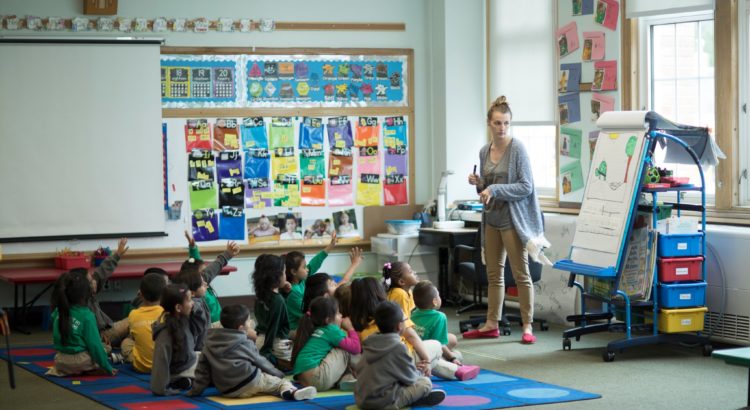
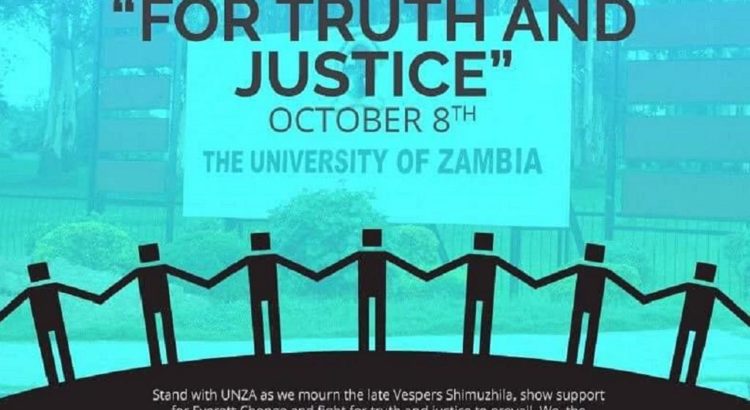
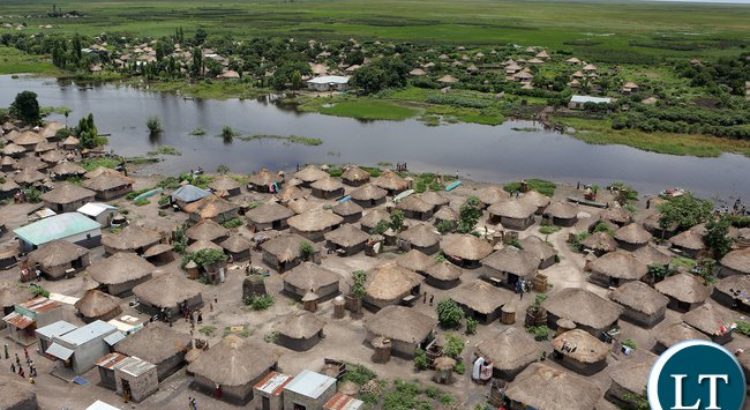
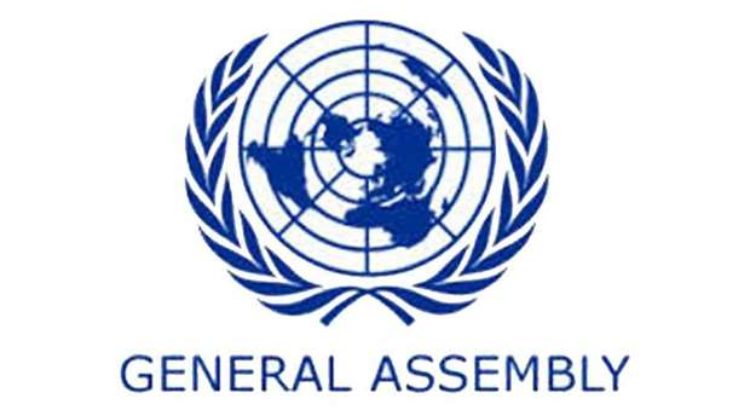

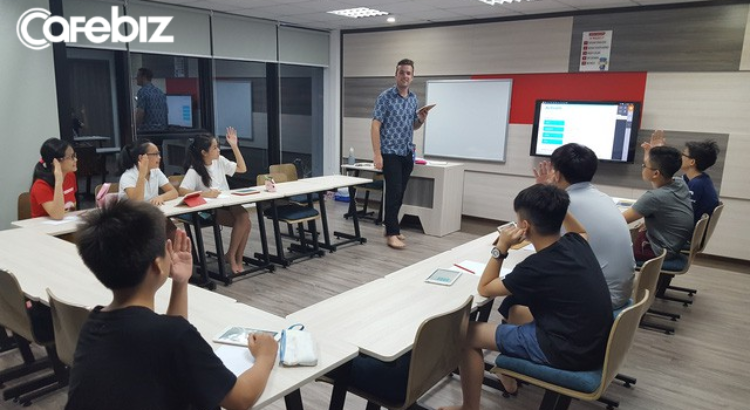
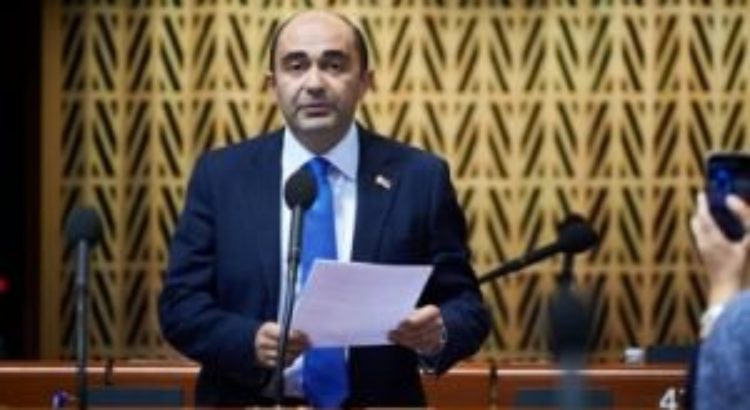






 Users Today : 2
Users Today : 2 Total Users : 35460850
Total Users : 35460850 Views Today : 4
Views Today : 4 Total views : 3420119
Total views : 3420119